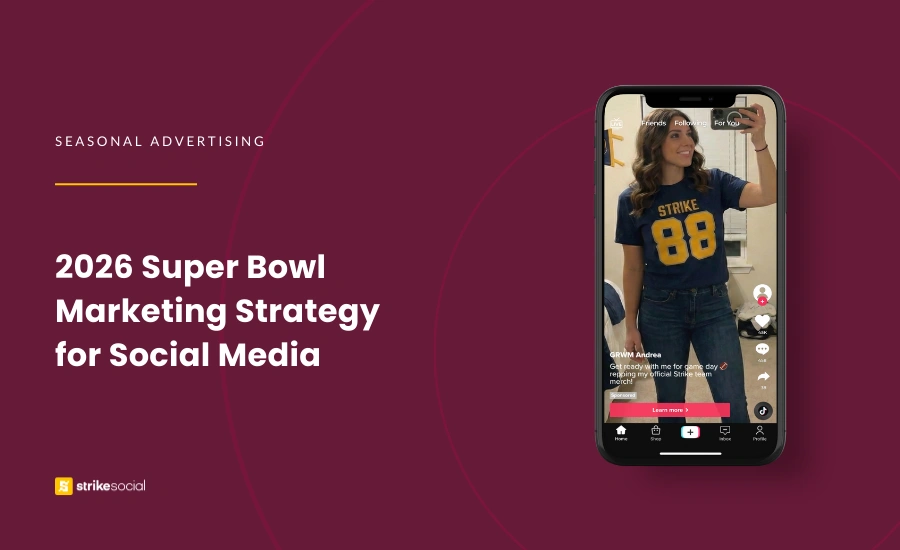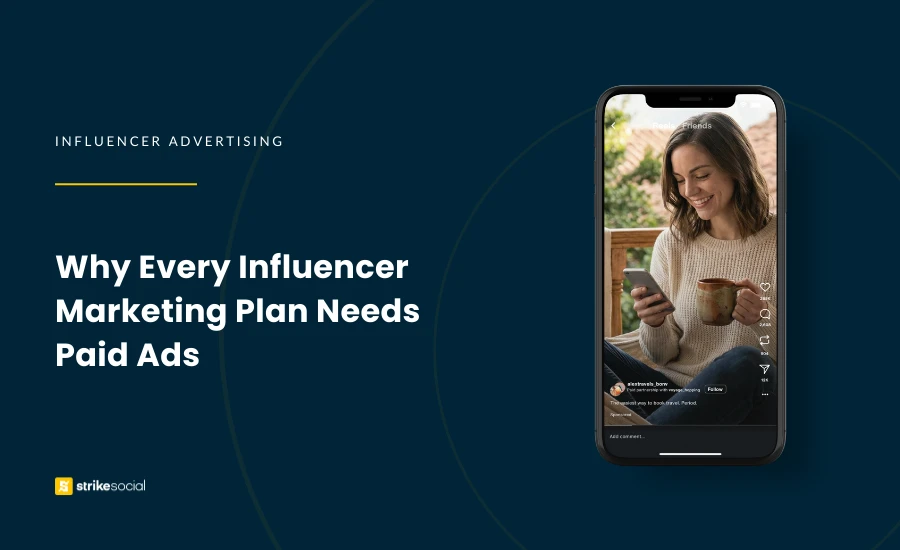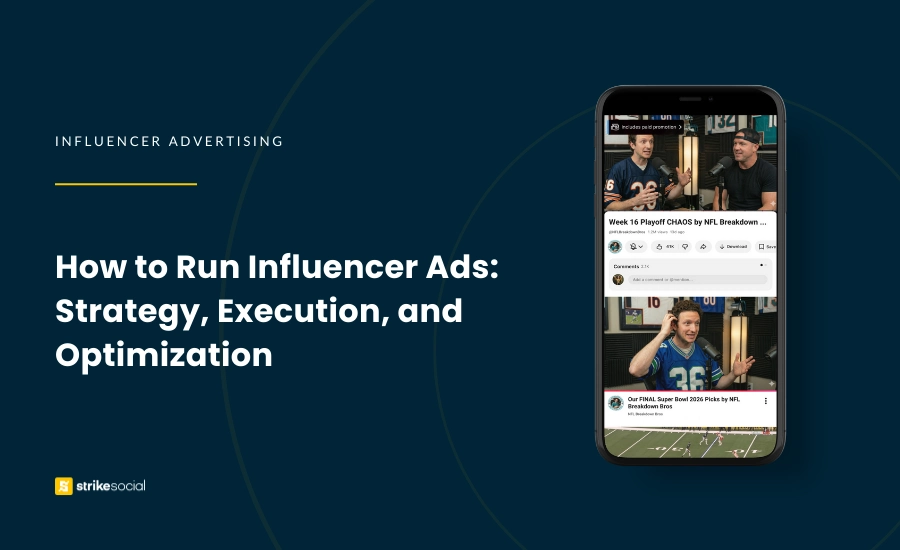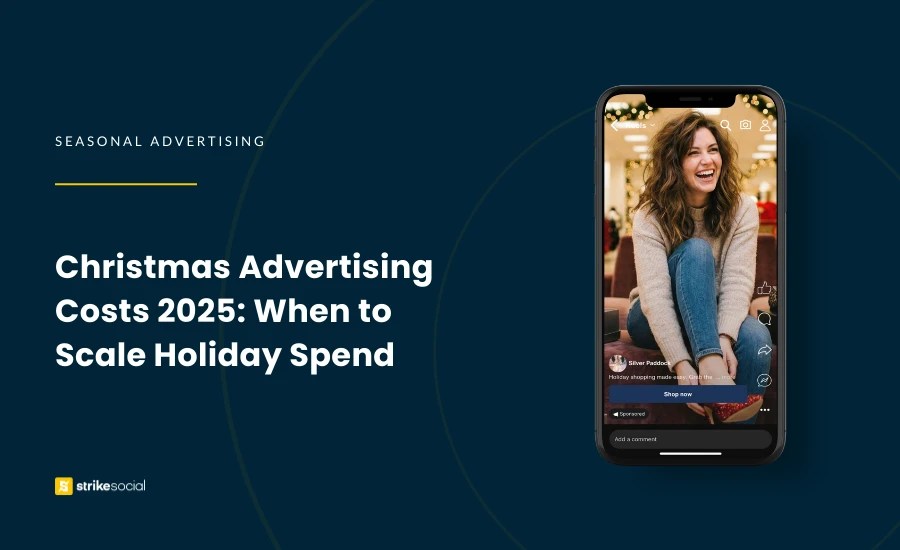Digital advertising has seen a whirlwind of changes and trends already this year, with many redefining the future of advertising. As we’re nearly half way through 2018, these digital advertising trends will also take us well into 2019, reshaping much of the industry moving forward.
Strike Social has compiled the top five digital advertising trends that businesses should be watching in 2018.
The need for personalized consumer experiences
A major trend in 2018 is personalization. People are more willing to interact with a brand that offers a personalized experience. Consumers no longer want to be a number to businesses. They want experiences that are unique to them. Brands using actionable data can securely determine information about a group of consumers, and target them appropriately based on their needs or desires.
If done correctly and thoughtfully, it’s a win-win for the consumer and the business—the consumer has a quality, personalized connection that is meaningful to them, and as a result, they continue to do business with the company.
“As long as brands are mindful of creating these types of experiences, they can positively resonate with consumers to increase brand loyalty and revenue.”
Of course, creating a personalized consumer experience requires integrated marketing technology and data-driven insights. Personalized consumer experiences might include recommending products in similar categories or location-based marketing, though they can go much deeper than these examples.
As long as brands are mindful of creating these types of experiences, they can positively resonate with consumers to increase brand loyalty and revenue.
The surge in automation
Automation in digital advertising is nothing new. In fact, it’s been slowly seeping into the industry for nearly 10 years and only recently has taken off. Also known as programmatic advertising, automation does a myriad of things for humans, such as creating faster processes and performing at higher efficiency rates. More and more, we’re seeing advertisers shift their focus to this strategy.
As digital advertising becomes more personalized, it’s becoming increasingly difficult for humans to handle the weight of data-driven advertising on their own. That’s why automation is becoming so beneficial for advertisers to make decisions, measure data, personalize experiences and much more.
An increase in mobile video marketing
It’s no secret that mobile usage has increased each year. Along with it, video on mobile is growing in popularity with consumers, and the competition is stiff. It’s projected that video will account for 80 percent of all internet traffic in 2019. Keep in mind that YouTube reports a 100 percent growth in mobile video consumption every year.

Image credit: Hubspot Research
The numbers don’t lie. Consumers are more likely to engage with brand videos than blog articles or social images. In-app videos and social video will be on the rise.
Mixing online shopping with social
With the joint increase in ecommerce spending and a steep use of social platforms, marketers are beginning to turn to social commerce. Social commerce is a form of ecommerce that takes part solely on social platforms. This has been a conversation in digital marketing for some time, but it wasn’t until recently that marketers began paying attention.
Social commerce sales have grown exponentially every year and ecommerce sales are expected to increase almost 250 percent by 2021. That’s ecommerce alone. Social media contributes to these statistics, with the average person spending more than two hours a day on social networks.
Facebook contributes the most to social commerce at the moment, but other networks are not far behind as chatbots and social buying buttons become more prominent.
The GDPR shake-up
Lastly, and certainly not least, the General Data Protection Regulation (GDPR) which goes into effect on May 25 is set to reshape the digital advertising scene. Businesses that track data or behavior for EU residents must comply with the law.
What does it mean? It means that businesses are extremely limited in what data they can gather on consumers in the European Union, ultimately eliminating personalized experiences in that segment. For EU residents, this means more transparency. Businesses will need to ensure data privacy protection across all facets of their digital organization if they handle personal data within the EU.
Businesses handling personal data from EU residents should seek legal advice if they are still unsure of their compliance with the regulation.
- What’s the Play?: 2026 Super Bowl Marketing Strategy for Social Media

- Why Every Influencer Marketing Plan Needs Paid Ads

- How to Run Influencer Ads in 2026: Strategy, Execution, and Optimization

- Why Working With a Pharmaceutical Marketing Agency Is Essential for Compliance

- Christmas Advertising Costs 2025: Holiday Budgeting Benchmarks

- How to Run Compliant Pharmaceutical Ads on YouTube















